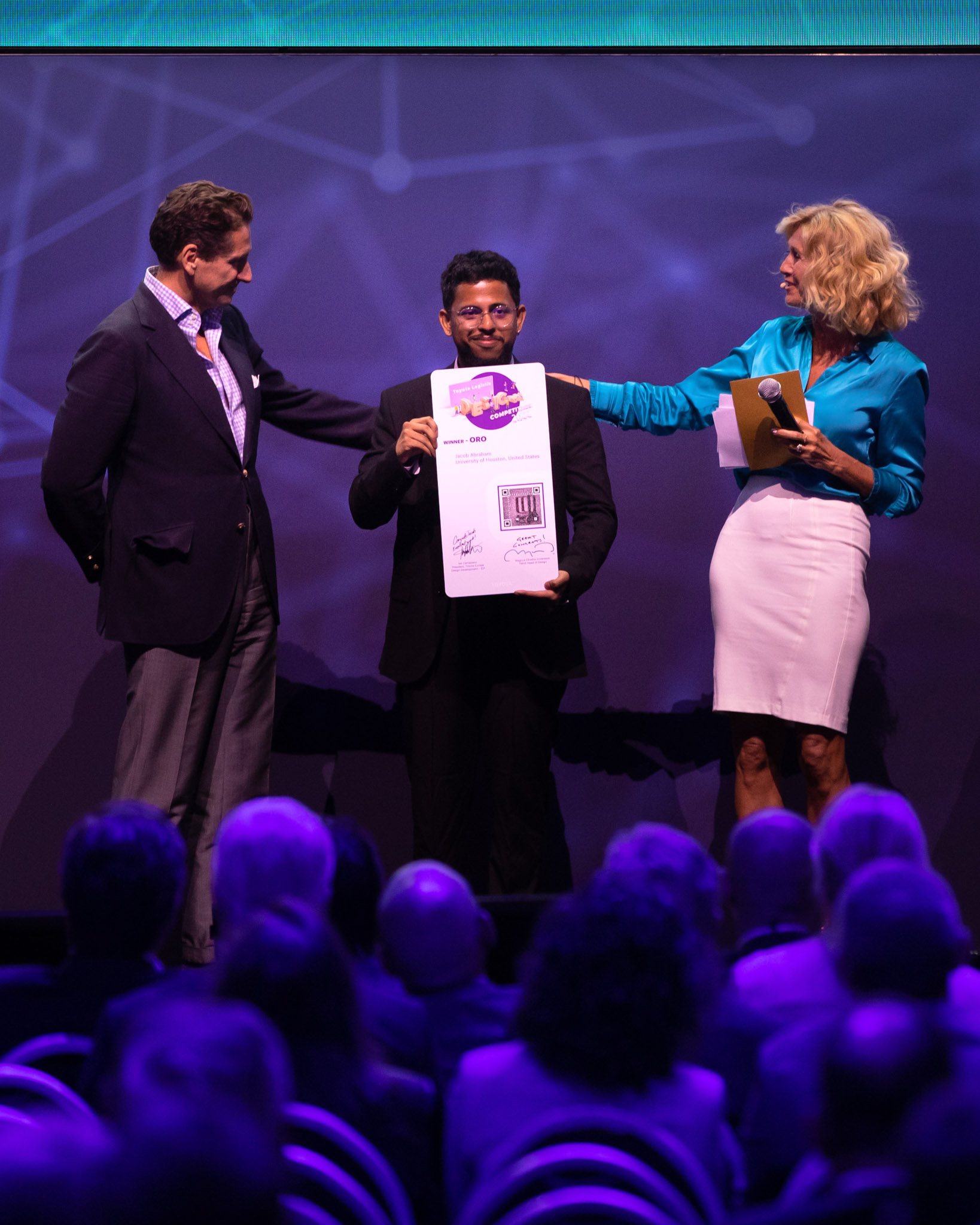With TagID guided charging, Fronius says it is bringing a new standard to the market for charging lead-acid batteries. With this intelligent battery sensor system, users can optimise the entire charging process from implementation to ongoing monitoring of traction batteries.
Many companies are currently having to balance healthy order books with supply chains that are difficult to plan and an acute shortage of personnel. In times of rising costs and increasing workload, it is important to charge forklift batteries as economically as possible. “With our new TagID guided charging solution, fleet managers can increase the availability of their forklifts while reducing the internal workload,” explains Johannes Spreitzer, strategic product manager at Fronius Perfect Charging. “In addition, TagID guided charging makes an important contribution to avoiding incorrect battery handling, increasing user safety and extending the service life of the battery,” adds Spreitzer.
Optimal supply to the batteries
The regular servicing of traction batteries can often get overlooked in busy warehouses. When developing the TagID, the Fronius Perfect Charging team made sure that these tasks are carried out largely automatically.
“TagID continuously measures the various physical variables of the batteries. Based on this data, our battery chargers provide a particularly gentle and efficient charge,” says Spreitzer. For example, the intelligent battery sensor system can detect whether a battery is deeply discharged and automatically starts the corresponding desulphation process, while an integrated level sensor signals when battery fluid needs to be refilled. The so-called ’automatic ionic circulation’ feature prevents acid stratification in the battery, which has a positive effect on the battery life.
Efficient charging with Plug & Charge
If lead-acid batteries are connected to the TagID and Selectiva 4.0 chargers from Fronius, fleet managers can rely on a charging infrastructure that is as efficient as possible. Thanks to the self-configuration curve, characteristics no longer have to be set manually, but automatically adapt to the battery state of charge. Optimum charging is thus ensured at all times.
Equalising charges are only carried out with the Intelligent Equalising Charge function if the battery actually requires it, reducing energy consumption by up to four percent. This both cuts energy costs and makes an important contribution to greater sustainability.
Users no longer have to worry about ambient temperatures either. The TagID is equipped with a temperature sensor as standard and automatically adjusts the charge to the temperature of the battery.
“We have set ourselves the goal of making the charging of lead-acid batteries as efficient, sustainable and simple as possible. With TagID guided charging, this is now becoming a reality,” says Spreitzer.
The TagID can be configured using the NFC interface via the TagID Config app and automatically checks whether the voltage value of the battery entered during configuration matches the actual measured value.
Johannes Spreitzer, strategic product manager at Fronius Perfect Charging, is convinced that TagID guided charging will establish a new standard for charging traction batteries.






